For those people who travel with the tour, we often forget about the locals. The stagehands are often the ones with the sore backs at the end of the day. Often they get put on the lower end of the food chain at the gig. Depending on the venue, you will face a plethora of different types of stagehands. Some are union, others are freelance or college students. There are even gigs where they are prisoners doing their work release. Each type of stagehand requires a different approach. There are a number of Roadogz out there that abuse stagehands, often because they are having a bad day, frustrated on a tour, or just tired of being on the road.
More and more these days you will find freelance stagehands at your gig. With corporations constantly buying up venues, unions are often pushed out. When I say freelancers, I'm talking about guys who work solely in this business full-time as stagehands. The most common place to see these guys is at amphitheatres. If you're doing an amphitheatre tour at the beginning of the summer you may have a tougher time finding knowledgeable hands. Normally as the season progresses, they get more experience. Most often these guys are pretty gung ho - you may have to be a little more patient on giving stage directions. You really wouldn't let them patch a stage or run data to your moving fixtures unsupervised. Each amphitheatre varies. Sometimes you will get union guys, others have the same hands come back season after season. The great thing about freelancing stagehands is that they usually have energy and want to get the gig done. You will also find fellow Dogz who are of the road earning a little extra cash. It's cool to work along with these guys, grabbing your cable looms to get your hands started is perfectly acceptable. The best way to keep these guys happy is to have fun with them.
Again, union guys vary from city to city. Unions work a system where they look out for their brothers. Walking into any venue with an "I'm in charge attitude" is never a good outlook in any situation, but especially not in a union house. Some people have caused a union to stop working or sent a Roadog to his bus for the day. They have certain rules that apply, like; specific brakes and the don't touch your own gear attitude. Again, this varies from venue to venue. The best thing to do is respect their rules. Many times when you're working with local 1 in New York, it's best to prepare yourself before you give directions. Ensure that you have made the right choice before you make it an action. If you stand back and give directions on the way things go together you will find that the crew will work with you. If you find that you're having fun with the crew you can always ask them if it's ok to grab your own gear. You'll know if you're in good with the crew if their response is, "yeah, why wouldn't it be ok to touch your own gear?" If you make a mistake? Honesty is the best approach. Just say " Look, I am really sorry guys, but I f**ked up." You'll get the flak over with faster. Just don't make it a habit.
The Universal Amphitheatre in LA is a prime example. You already know that these guys work their way. They have a minimal amount of guys on the crew, which could be a maximum in other venues. They are a departmentalized crew, which means there are lighting guys to do only lighting, and only sounds guys to do sound. They will not crossover like freelancers. In situations like that, it's best to tell the department crew chief what you need done, and he will make it happen with his/her guys. Personally I enjoy days like this, you have a great time chatting with the crew chief and everything remains a very relaxed atmosphere. The rig won't go up any faster no matter what you do. If you piss off the crew chief, he will certainly make your life hell. Chances are that if they choose to go into overtime, it's a decision that you can have no impact on whatsoever.
In some union venues you play 'find the stagehand' game. In situations like this, you will find it best just to keep them busy. If you don't feel right, don't send guys off into oblivion to find your dead roadcases at the end of the night. They will take the scenic route. Motivation is everything, as soon as one gig is finished, start them on the next one.
College Students are a whole other ball of wax. You can really start to play mind games with these guys. If you are doing a gig on a college campus, chances are you will get a new crew member every 2 hours. Simple reason being that they have class schedules. Not only that, logic for some reason in most college students' minds don't apply. You have to be very precise in your description with college crews. They will strip your cable looms to pieces if you aren't careful. They will also discus their class subjects between each other, and completely forget about the task at hand, which we call work. A little side note: The 2 most common majors you will find in your college crews? Psychology and Communications. Also, it would seem to me that women students work harder then their opposite sex. Their maturity level seems higher.
Some gigs you will even find high school students. If you've done Christian or Country music tours you'll know what I mean. This can definitely be the worst situation to be in. You are dealing with inexperience, and they are volunteers. You will find their energy to be the greatest before the event. At that point they are are getting excited about the show. When it's over, you'll be lucky to get half of them back. Best solution? Put them on a pedestal. Tell them that the show cannot happen without them. Find the volunteers that are curious about what you are doing. Hold onto them, they will come back for loadout.
A different scenario comes in to play with prisoners or work release programs. The only bonus is that they are excited about being outside the prison walls. They aren't allowed to have tools since they are considered weapons. They're good at lifting stuff, but the more delicate projects you may want to handle yourself. Even if you don't smoke, keep a pack of smokes in your workbox, you'll be the most popular Roadog. Be direct and concise with your stage directions. Don't be afraid to be assertive.
If you are in a foreign country, realize that you are in their domain, respect their place. There's always going to be one crew member that speaks English - get on his/her side. Even if you're in Glasgow, Scotland, realize that if you piss them off, all of a sudden they speak English with a very heavy accent.
Many Roadogz forget to respect the venue they work in that day. Many things depend on the attitude of your local crew. No matter what type of hands you are dealing with, if you are grouchy and mean; you will in no way get the best cooperation. You are hired to dictate the direction the gear needs to be put together and taken apart safely. Being positive, confident (but still willing to listen to suggestions), and in a good mood will set the day for a great experience with those people. The thing we often forget is that we will come back to that venue again. Great friendships are made if you leave with a great result. Just like any job, you should leave your personal problems out of the working Environment.
Have a good day, and good luck.


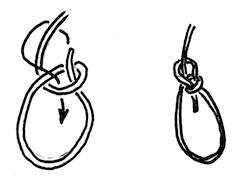


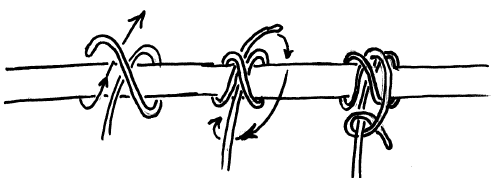
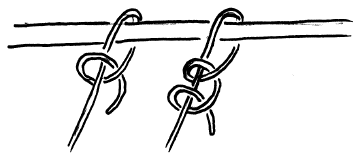
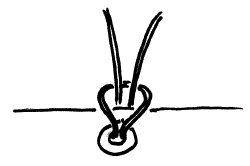
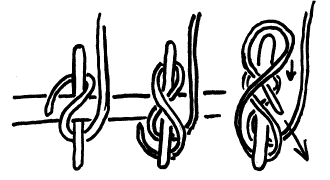

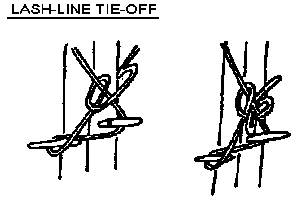
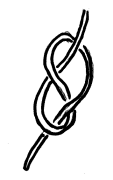








 When you get to the jobsite, turn your cell phone off! It is sometimes acceptable to simply turn it on silent or vibrate, but absolutely DO NOT take a call while on the clock. Do not book work for another gig while on the clock! If you have some kind of emergency and you need to take a call that can't wait for your break, then excuse yourself to the bathroom and take the call in private. If you can't refrain from answering your phone every time it rings, then turn it off and check messages at lunch. Many clients have been known to confiscate cell phones or even kick people off the gig for talking on their phone. Not only is it rude, but it is also dangerous to your fellow stagehands and techs. We want you to focus on the job here and now, not some conversation, and we want both hands and attention free to do your job.
When you get to the jobsite, turn your cell phone off! It is sometimes acceptable to simply turn it on silent or vibrate, but absolutely DO NOT take a call while on the clock. Do not book work for another gig while on the clock! If you have some kind of emergency and you need to take a call that can't wait for your break, then excuse yourself to the bathroom and take the call in private. If you can't refrain from answering your phone every time it rings, then turn it off and check messages at lunch. Many clients have been known to confiscate cell phones or even kick people off the gig for talking on their phone. Not only is it rude, but it is also dangerous to your fellow stagehands and techs. We want you to focus on the job here and now, not some conversation, and we want both hands and attention free to do your job.





